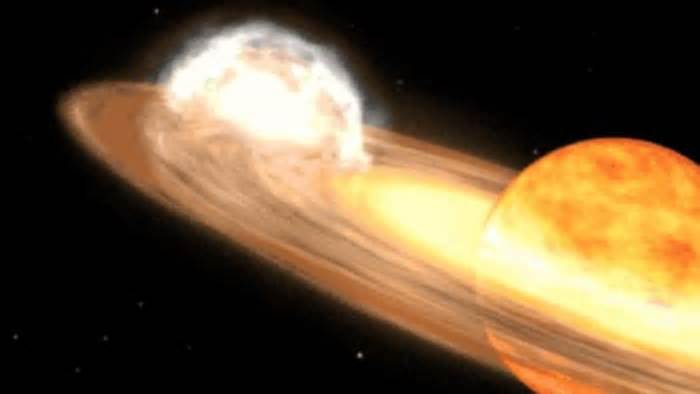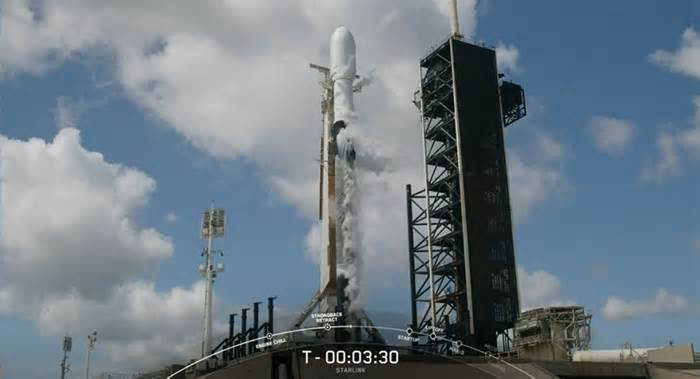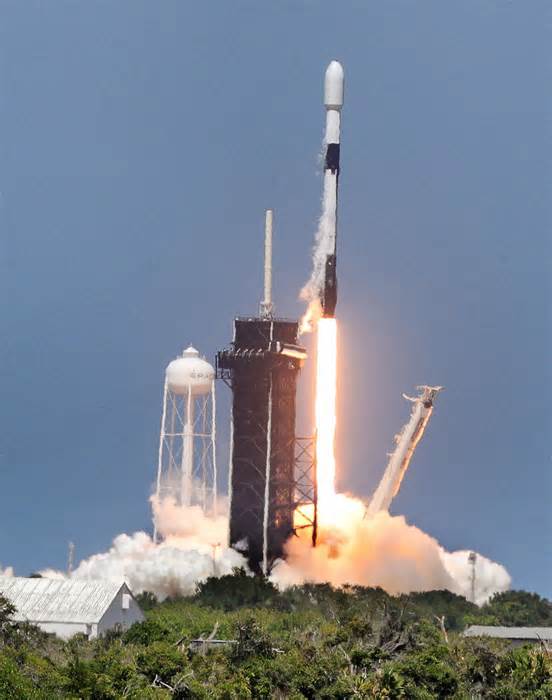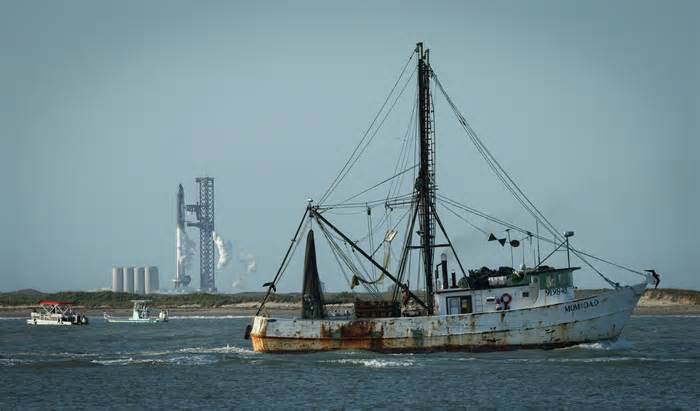
A star could explode over Florida this week. Here’s where to look
- by News 6 WKMG
- Sep 22, 2024
- 0 Comments
- 0 Likes Flag 0 Of 5

, Science
Artist's concept of a red giant star and white dwarf orbiting one another. When the red giant moves behind the white dwarf, a nova explosion on the white dwarf ignites. (Photo Credit: NASA Goddard Space Flight Center)
(NASA Goddard Space Flight Center)
It’s been a long wait, but it could pay off any day now.
Earlier this year, NASA announced an upcoming nova outburst that’s expected to pop off overhead around 3,000 light-years from Earth.
Recommended Videos
Because the nova outburst only happens once every roughly 80 years, it could be a once-in-a-lifetime opportunity for many.
But there’s a problem: researchers don’t know exactly when it will happen.
The star system — T Coronae Borealis (“T CrB,” a.k.a. the “Blaze Star”) — last exploded in 1946, and astronomers believe it will do so again by the end of September.
A red giant star and white dwarf orbit each other in this artist's concept of a nova. The red giant is a large sphere in shades of red, orange, and white, with the side facing the white dwarf the lightest shades. The white dwarf is hidden in a bright glow of white and yellows, which represent an accretion disk around the star. A stream of material, shown as a diffuse cloud of red, flows from the red giant to the white dwarf. The animation opens with the red giant on the right side of the screen, co-orbiting the white dwarf. When the red giant moves behind the white dwarf, a nova explosion on the white dwarf ignites, filling the screen with white light. After the light fades, a ball of ejected nova material is shown in pale orange. A small white spot remains after the fog of material clears, indicating that the white dwarf has survived the explosion. (Photo Credit: NASA Goddard Space Flight Center)
(NASA Goddard Space Flight Center)
“T CrB” is usually too dim for the naked eye to see, but the nova burst will increase its brightness to a level similar to the North Star, NASA experts explain.
Once the brightness reaches its peak, it’s expected to remain visible to the unaided eye for several days — just over a week with binoculars — before dimming again, likely for another 80 years.
“It’s a once-in-a-lifetime event that will create a lot of new astronomers out there, giving young people a cosmic event they can observe for themselves, ask their own questions, and collect their own data,” said Dr. Rebekah Hounsell, an assistant research scientist at NASA’s Goddard Space Flight Center.
However, experts said there’s also a chance that September could pass by without the T CrB nova outburst actually happening.
But while experts may not know exactly when the burst will happen, they do know where it’s expected.
The constellation “Corona Borealis,” also known as the “Northern Crown,” is a small arc found between Boötes and Hercules. NASA announced that the nova is set to appear as a “new” star within that constellation.
A conceptual image of how to find Hercules and his mighty globular clusters in the sky created using a planetarium software. Look up after sunset during summer months to find Hercules! Scan between Vega and Arcturus, near the distinct pattern of Corona Borealis. Once you find its stars, use binoculars or a telescope to hunt down the globular clusters M13 and M92. If you enjoy your views of these globular clusters, you’re in luck – look for another great globular, M3, in the nearby constellation of Boötes. (Photo Credit: NASA)
(NASA)
Please first to comment
Related Post
Stay Connected
Tweets by elonmuskTo get the latest tweets please make sure you are logged in on X on this browser.
Sponsored
Popular Post
Tesla: Buy This Dip, Energy Growth And Margin Recovery Are Vastly Underappreciated
28 ViewsJul 29 ,2024






 Energy
Energy



















